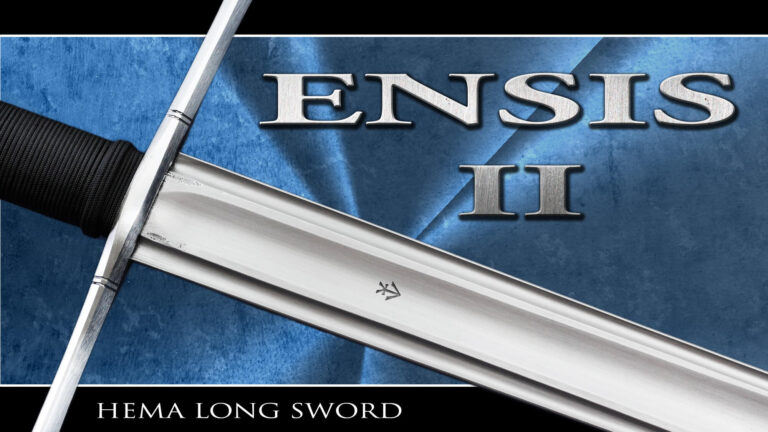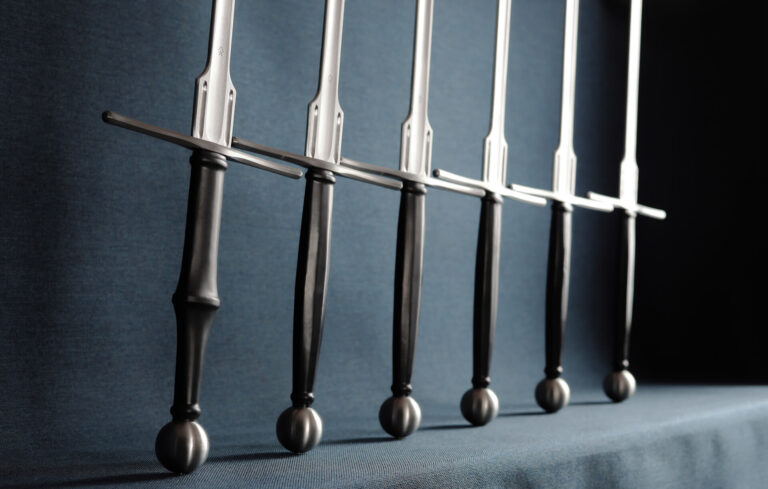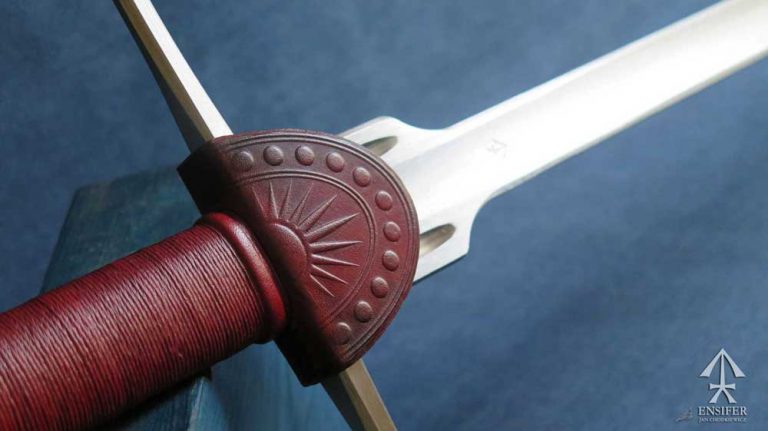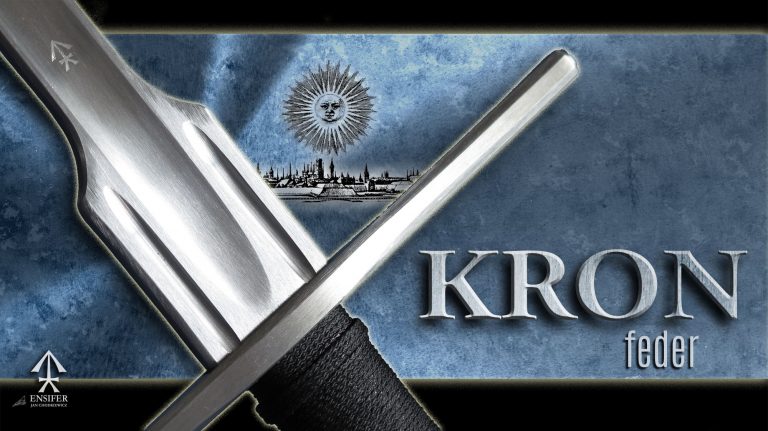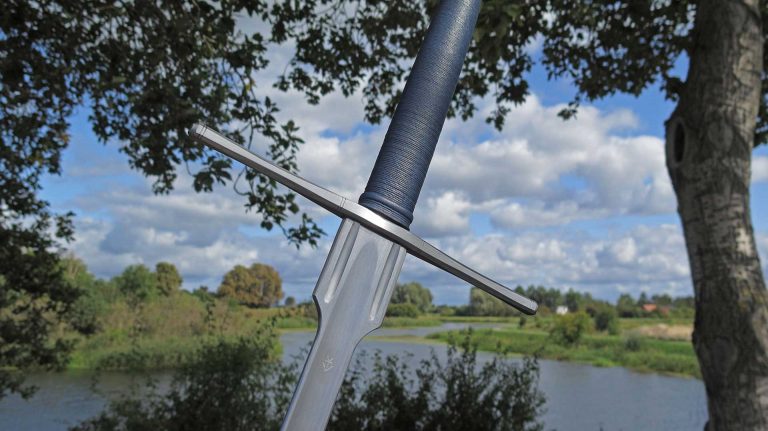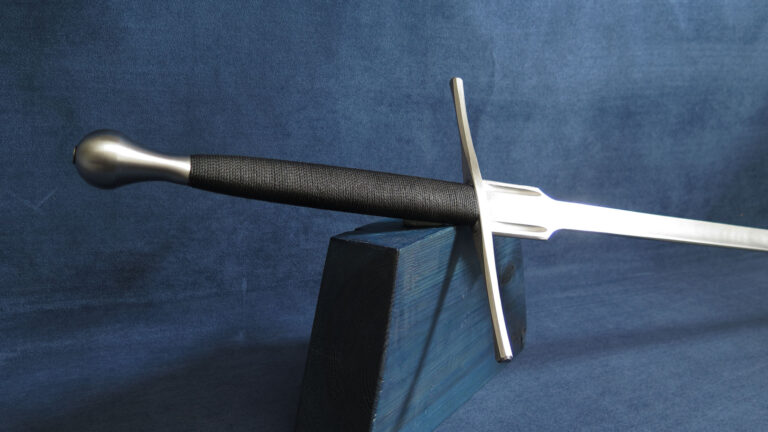Should the Grip Fit the Glove, or the Glove Fit the Grip?
A few thoughts from a sabre maker and fencer
A recent online discussion raised a valid point: HEMA weapon makers should clearly state which gloves they used when testing their sabres. I agree—this kind of information can be crucial, especially with closed hilts, where the size and shape of the hand opening can limit compatibility.
That said, as both a craftsman and a fencer, I’d like to point out something else: the issue often doesn’t lie with the weapon. Most modern HEMA gloves—especially those used for sabre—are simply too bulky. And I’m not speaking from theory. I spent several years designing and producing protective gloves for HEMA, and I can confidently say: it is entirely possible to make gloves that are both protective and well-fitted to the hand.
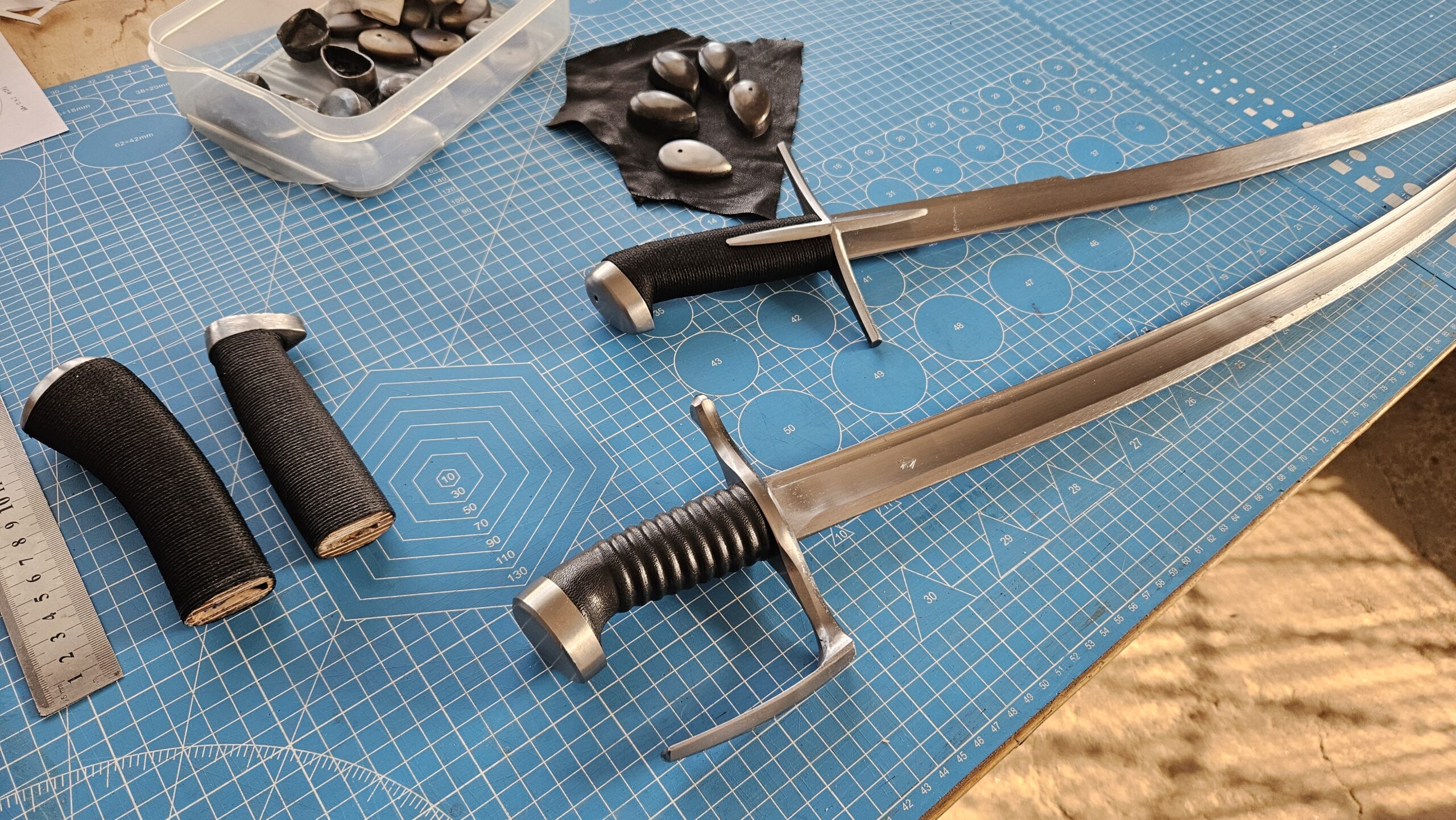


What’s more, oversized gloves don’t just limit your grip and mobility—they become easier targets. The larger your hand profile, the more likely it is to get hit. Add to that the false sense of safety these gloves create: when you don’t feel pain, you lose vital feedback. This means fencers don’t learn to keep their hands out of the line, and they don’t correct poor hand positioning—because they don’t feel the consequences. Over time, this can do more harm than good in terms of skill development.
At Ensifer, we offer sabres with grips and guards in a variety of sizes—specifically to accommodate a wide range of needs. But even so, if your glove resembles a ski mitten more than a fencing gauntlet, no grip will fix that problem.
I’m not suggesting everyone should fight in thin historical replicas and risk injury. What I’m advocating for is a conscious compromise—between protection and functionality. And that compromise doesn’t always mean more padding and bulk.
As a community, we should ask ourselves: does our gear help us fence better, or does it merely meet tournament rules? Should grips be designed around the most extreme gloves, or should gloves be designed to work with historically sound weapons that actually support the art of fencing?
Because in the end, proper fit isn’t just about measurements—it’s about making intentional choices.

